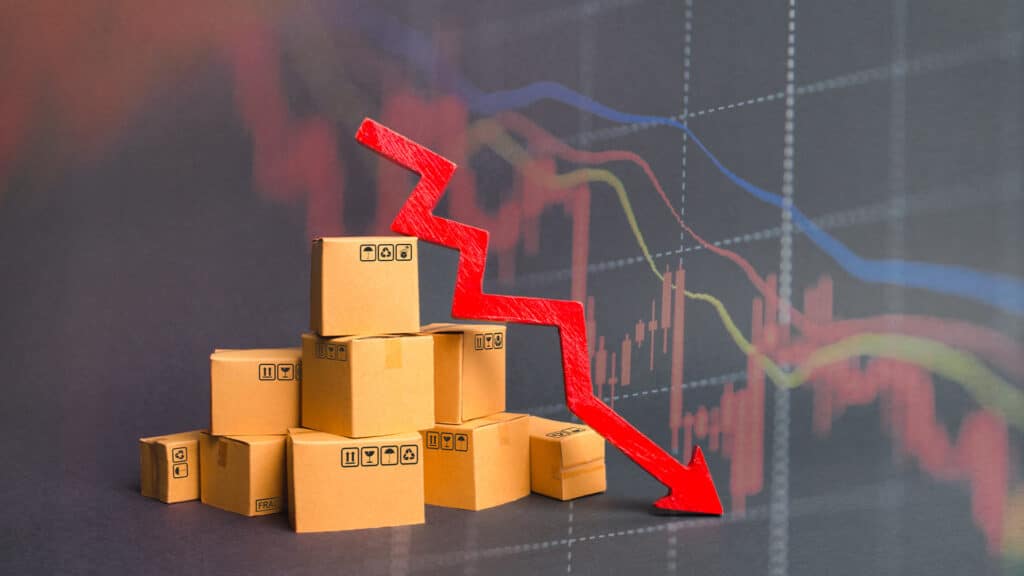
The International Monetary Fund (IMF) has worsened its outlook for Kazakhstan GDP’s growth to 3.1% compared to 4.2%, a rate forecasted in October 2023. At the same time, the institution has improved its forecast for the next year from 4.6% to 5.7%.
The IMF got more pessimistic about this year due to the risk of delays with the expansion project on the Tengiz oil field; decline in oil prices, potential problems with oil exports and slowing economic growth in trading partners (the EU and China), according to Halyk Finance.
For example, the IMF is forecasting oil prices to drop by 2.3% to $79.10 per barrel of Brent oil this year due to spikes in commodity prices. In turn, these spikes were caused by multiple attacks on ships in the Red Sea and disruption in supply chains. In 2025, this decline is going to speed up to 4.8% or $75.31 per barrel.
The international institution has also pointed out that uncertainty around Ukraine and the risks of secondary sanctions can diminish business activity in the region and the trust of investors. On top of that, climate issues and ambitious decarbonization goals, which are very expensive, can affect the country’s economy and its financial system.
Halyk Finance’s outlook for economic growth in 2024 is more optimistic. The company’s experts forecast Kazakhstan’s GDP to grow at 4.5% thanks to the stabilization of inflation, the lowered base rate and the launch of big infrastructural projects. They also emphasized the importance of record-high transfers from the National Fund last year, which are going to have a significant impact on the GDP’s growth.
The cabinet of Kazakhstan is expecting the economy to grow at least 5.3% this year. The Eurasian Development Bank forecasted growth at 5%, the U.N. at 4.8%, the Asian Development Bank at 4.3% and AERC at 4.2%.
The economic resilience that has been shown by the U.S. and some big developing markets along with massive public incentives in China pushed the IMF to improve its forecast for global economic growth by 0.2 percentage points to 3.1% in 2024. The outlook for 2025 is slightly better – 3.2%.













